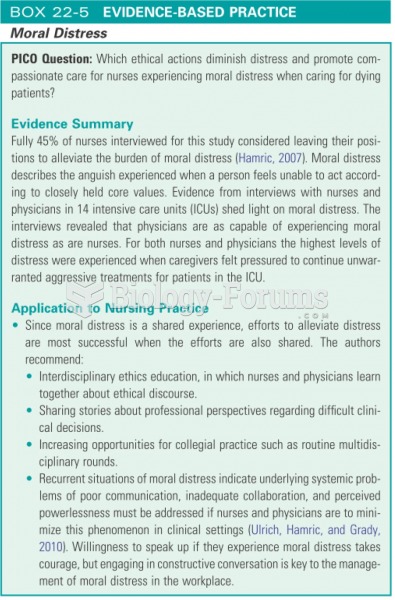Answer to Question 1
Many people associate morality with reasoning from principles. An early and influential line of research sought to classify people by the quality of their moral reasoning. This was done by presenting them with a dilemma and asking them to explain their judgment. A frequently used dilemma involved a man whose wife was deathly ill, and he could not afford the expensive medicine to save her life but he had an opportunity to steal it. Should he steal? What mattered was not the specific answer of yes or no, but the quality of reasoning the person displayed while thinking about it.
But then psychologists began to notice that when people were confronted with moral dilemmas in their own lives, they often did not stop to engage in reasoning from principles. Instead, they seemed to be guided by a sense of what feels right.. Researchers began to study moral intuitions instead of moral reasoning. New dilemmas were devised, such as a case in which a brother and sister decided to have sex one time, used protection (and so had no consequences of pregnancy or disease), enjoyed it, never did it again, and ultimately felt their relationship had been strengthened by this one adventure. Most research participants condemned this as wrong. The reasons they gave were contradicted. For example, some pointed out that incest increases the odds of producing birth defects; but the example specified that the act did not cause pregnancy. Others said that incest might become habit-forming or damage the sibling relationship, but again the story ruled those out. Yet despite the failure of their reasons, most participants continued to condemn the incest as morally wrong. Some said things like, I can't explain why, I just know it's wrong.. Such sentiments capture the crucial point: The moral judgment was based on intuitive feelings, not reasoning from principles.
Answer to Question 2
a . Contains self-knowledge
i. Self-awareness about what one is good or bad at.
ii. Organizes and reflects upon self-knowledge.
b. Helps the person connect socially to other people
i. Known as the interpersonal self or public self
ii. Helps manage impressions in ways that facilitate social acceptance
c. Makes choices and exerts control
i. Known as the agent self or executive function
ii. This is the self as doer, exerting control over both itself (self-control) and other people and things.







